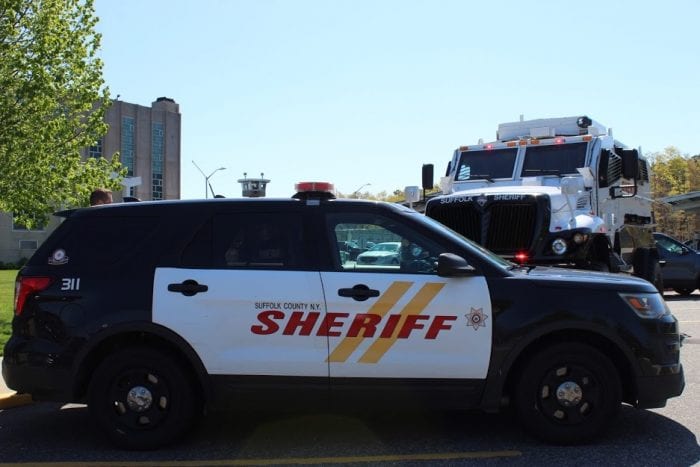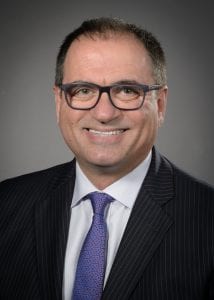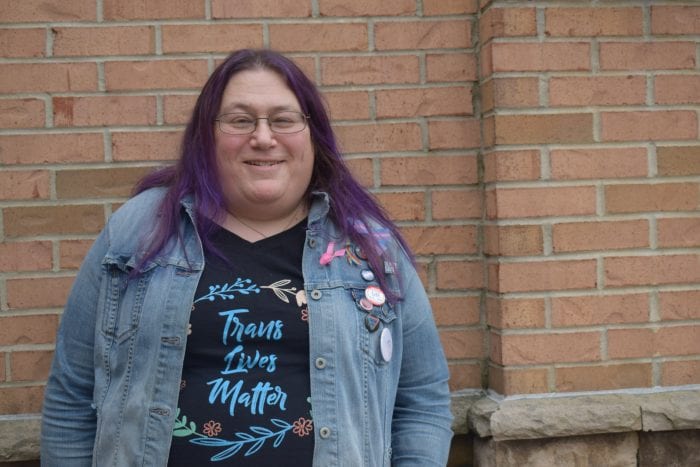Amongst the hard decisions stemming from approving its 2021 budget during the pandemic-induced economic downturn, the Town of Brookhaven has included a somewhat controversial change to how it will process parking at several town beaches and marinas.
As an offset to pandemic induced losses, the town voted unanimously Thursday, Nov. 19, to no longer have seasonal employees sitting in booths at town beaches. Instead officials are opting for a meter system, though residents who pay for a town parking sticker will be able to park freely.
The 2021 town budget was also approved Nov. 19 without discussion from the board.
The biggest increases to the $307 million budget are in the form of a $2.34 million general fund property tax increase. This is being offset slightly by highway taxes, leading to an annual tax increase of a little under $9 for the average homeowner. It also remains under the 1.56% New York State tax levy cap. Garbage pickup will be set at $1 a day for a single-family home, or $365 a year.
In addition to the 2021 budget, the board opted to amend the current year’s capital budget to the tune of $900,000 for the new parking system. The town voted to issue new bonds worth $1 million in total to pay to acquire and install the new parking meters.
Meters are expected to be placed at the Holtsville Park, Sandspit Marina in Patchogue, Port Jeff Marina, Corey Beach in Blue Point, West Meadow Beach and Shoreham Beach. Anyone with a parking sticker will not have to pay into the meters. The meters, which aesthetically appear like those in Port Jeff village, are going to be active between May 1 and Oct. 15.
The town is discussing a $25 parking sticker fee per vehicle with a reduced price for additional vehicles in the household. Reduced fees for seniors and veterans parking stickers will still be available.
Supervisor Ed Romaine (R) said the town is paying millions of dollars for its part-time workers at these parks and beaches to monitor people coming in. Currently people without parking stickers pay $5 for the day at these beaches, but under the new system will only need to pay for the time spent at 50 cents an hour.
Officials said the new meters will work like they do in places like Port Jefferson, though the town did not discuss what the hourly rates will be.
During the afternoon meeting, Councilwoman Valerie Cartright (D-Port Jefferson Station) called for discussion on the parking issue which created a few tense moments between the councilwoman and supervisor. Cartright said she was given very little time to present information about the parking system to her constituents, though she did receive some comments and questions from community members that did require some kind of presentation about the proposal.
“This discussion of having a parking meter system put in place has been a point of discussion over the past few years,” Cartright said. “Every time it’s been brought up, I’ve had my community members … [registering] objections to having parking meters there.”
Cartright did vote “yes” for the parking change, later citing in a letter to constituents that the added revenue from such a parking system will help the town as COVID has played havoc with its finances.
“It is our understanding from Parks Commissioner [Edward] Morris that this system will produce approximately $2 million in revenue annually,” Cartright wrote. “It is anticipated that there will be significant savings in eliminating the need for attendants to take payments and check stickers once this project is implemented. … Additionally, the potential health benefits of no longer exchanging cash for parking fees were also part of my consideration in light of the ongoing COVID pandemic.”
Herb Mones, the land-use chairman of the Three Village Civic Association, wrote a letter on behalf of the civic to Cartright and the Town Board arguing that it is the wrong time to start changing the parking system during a pandemic, especially when more people are seeking places like West Meadow Beach for some respite.
In a phone interview, Mones argued there had been effectively no public debate about the parking change and no notice, save for the letter Cartright sent to civic groups and constituents a few days before the Nov. 19 meeting.
As a longtime resident and supporter of West Meadow Beach, he said that changing the parking system will affect the character of these parks and beaches. He added that staff manning the booths add a “ruralesque” charm to a public place, and that it also takes away the opportunity for the people at booths to screen incoming cars for things that might not be allowed at a beach or park, such as pets.
“People in attendance at the beach have been a staple of the rural or suburban ideal,” he said. “The town doesn’t respect the right for easy public access to facilities that we have paid for over generations. … For someone like me, it makes me very weary when the town makes a proposal that impacts one of the services we’ve come to understand and love.”



















